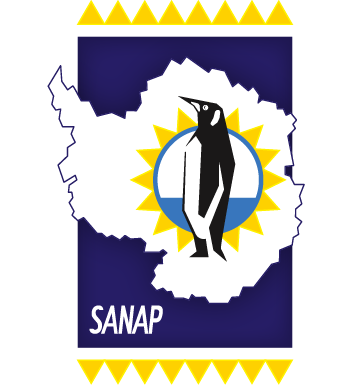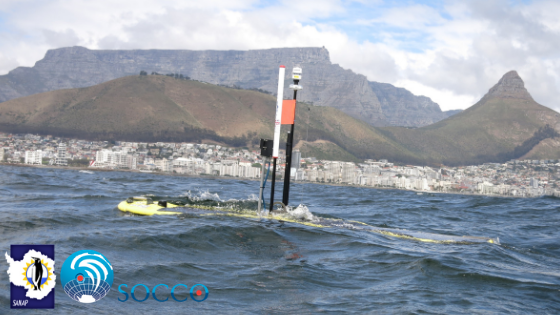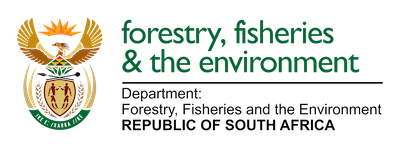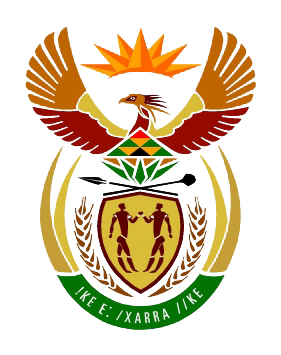SOCCO: Southern Ocean Carbon & Climate Observatory
SANAP Project name: How storm characteristics in the Southern Ocean influence inter annual variability of CO2 fluxes
This summer SOCCO conducted the second SOSCEX-Storm glider-based experiment in the Southern Ocean as part of its 3 year science plan. We deployed two carbon wave gliders equipped with our SA-RobOTIC designed and built and pCO2 sensors, which have behaved flawlessly under the most dire conditions that the Southern Ocean could throw at them, which included weekly storms of 80-140km/h winds, waves of 10+m, snow storms and sea temperatures of -1 to 2°C. During this 2 month period they have taken over 3000 pCO2, pH, temperature and salinity observations. It was a rigorous test for the pCO2 sensors, which have a design feature that is specifically made to cope with Southern Ocean storms. It can be submerged by a wave which will mean that it taken a bit of water through the air intake but when the detectors pick this up it uses it pressurized gas to expel the moisture and continues to provide high quality data. This deployment was a significant achievement for our SA-RobOTIC engineering and an indication of how our expertise to operate in these conditions has matured and become globally recognized. This deployment was important for two reasons, it allowed us to start to examine the role of storms in driving the carbon – climate feedback in the Southern Ocean and it is a preparation phase for the SCALE experiment that starts in July 2019. The hypothesis, which is core to our NRF-SANAP and DST funding, that we are exploring is that climate-linked changes in storm characteristics will play an important role in the century scale carbon – climate feedbacks. Ocean robots and high precision sensors make this science possible.
We have however encountered a problem with the glider deployed at 54°S which is, that while it generated enough power during the peak of summer with nearly 24 hours of daylight, this is no longer the case in February with the sun setting for increasingly long periods – night is arriving in Antarctica. Wave gliders use solar panels to power the sensors. The second glider was deployed at 43°S where there is still plenty of sunlight. In a normal year the gliders would have been picked up by the S.A. Agulhas II coming back from SANAE at about this time but this year the ship is coming back nearly 5 weeks later because it is chartered by a British team to find the Endurance, Shackleton’s ship. As a matter of interest we are collaborating with some of our aeronautical engineering colleagues at CHPC (Centre for High Performance Computing) to develop an underwater power generator to enable us to make winter (no sunlight) deployments in July 2019.
For this reason we have made the decision to pilot both wave gliders home to Cape Town without the ship. This will be a journey of 2500km for WG-052 and 1200km for WG-027. We think this has the added advantage of reducing the risk of damage during retrieval by the ship, which has happened a few times due to the normally difficult conditions on retrieval. So, wave glider 052 has now left its long term observation position at 54°S on the prime meridian and is heading home towards wave glider 027 which is at 43°S. It is travelling at a speed of about 100km per day. The sensors are all working and we will take advantage of this opportunity to conduct an experiment that needs 2 gliders while they are on the way home. We expect them home in a month, mid-March and we will pick them up in Granger Bay in front of our SA-RobOTIC centre.
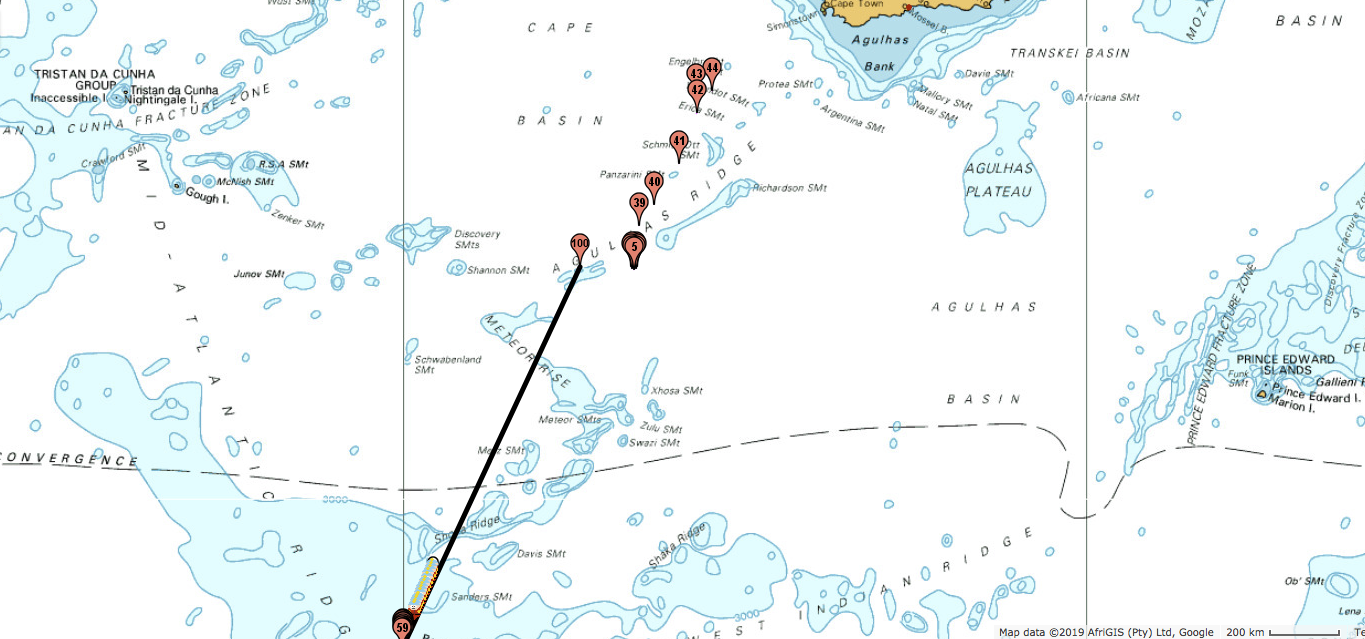
Route of the WG052 and 027 gliders (2019)
The wave gliders were paired with a buoyancy glider each that are making observations down the water column to 1000m 4 – 5 times a day. This pairing of wave gliders and buoyancy gliders is a SOCCO innovation under the SOSCEX series of experiments since 2013/14. The two buoyancy gliders will remain on station waiting for ship retrieval in mid-March.
– Dr. Pedro M. Scheel Monteiro & SOCCO & SA-RobOTIC team, 18 February 2019
SOCCO on Social Media
Loaded and ready to go south as far as the sea-ice edge: 4 buoyancy gliders, one microRider, two wave gliders, one sail buoy! #SOSCExSTORM #ROAMMIZ follow the glider progress: https://t.co/rZByDegagA @SOCCOgliders @polargliders @SeaTechServ @SCALExperiment @unigothenburg @CSIR pic.twitter.com/8YFQS9pnHv
— SOCCO – CSIR (@SOCCOgliders) December 5, 2018
